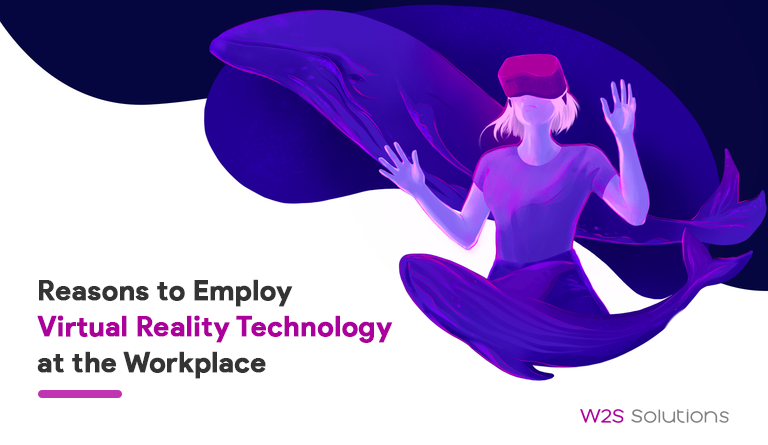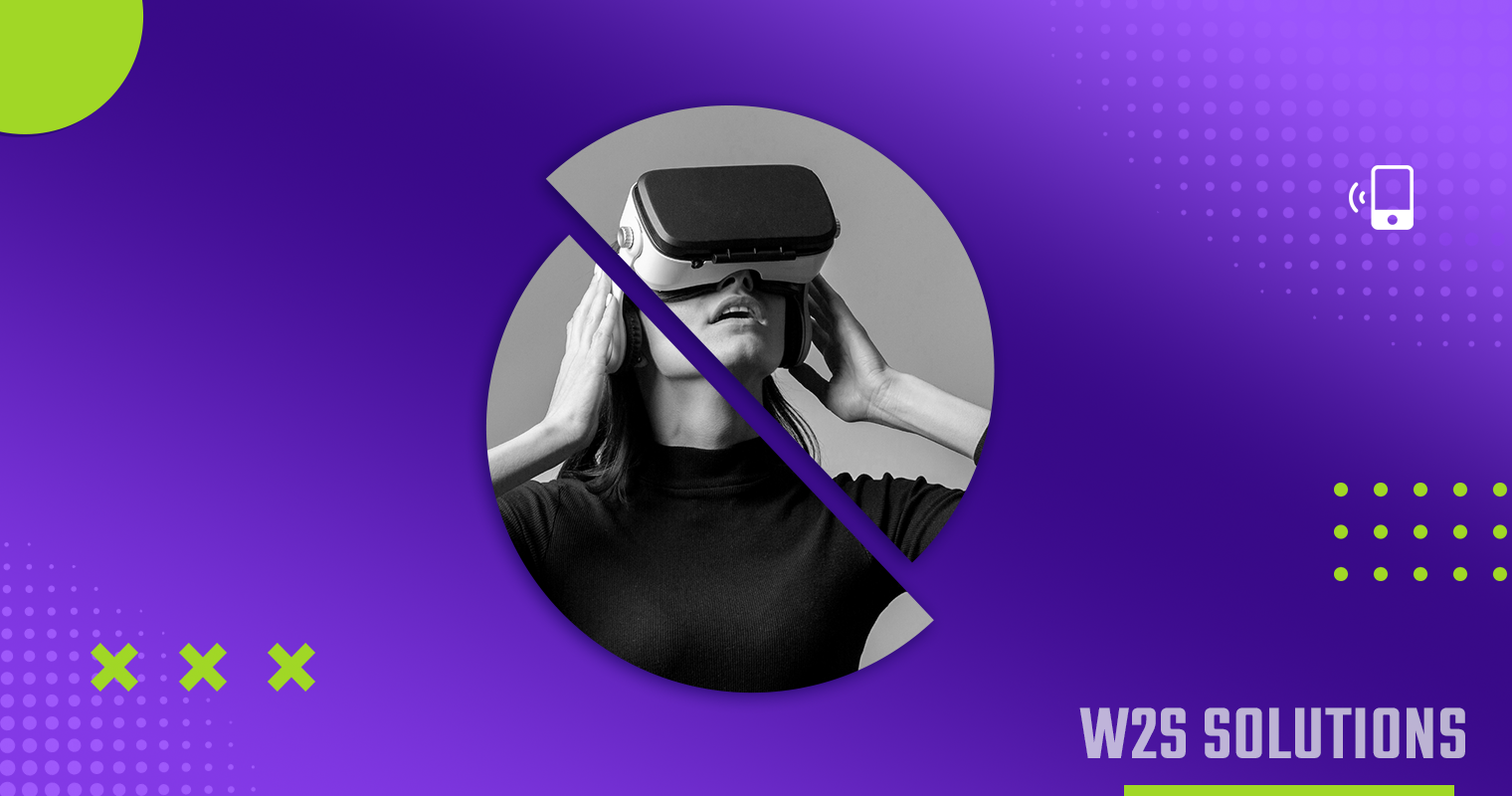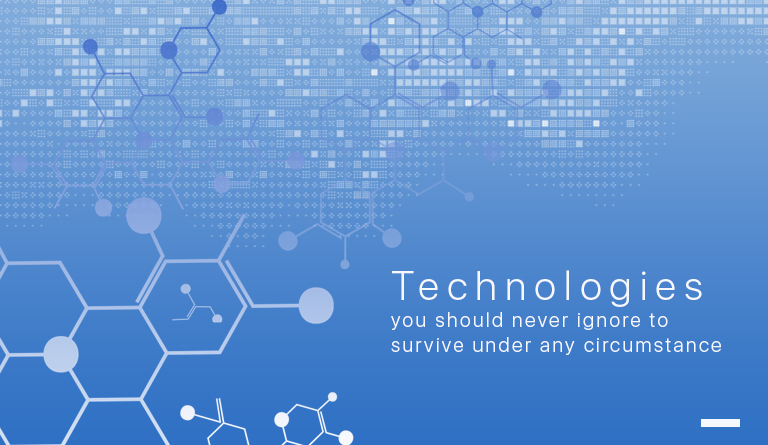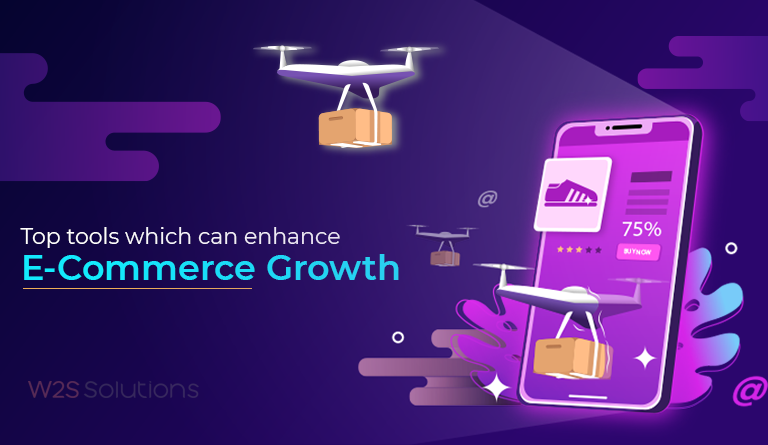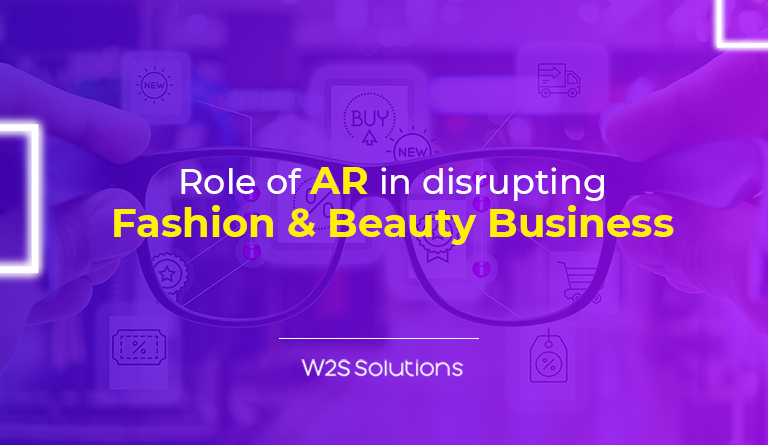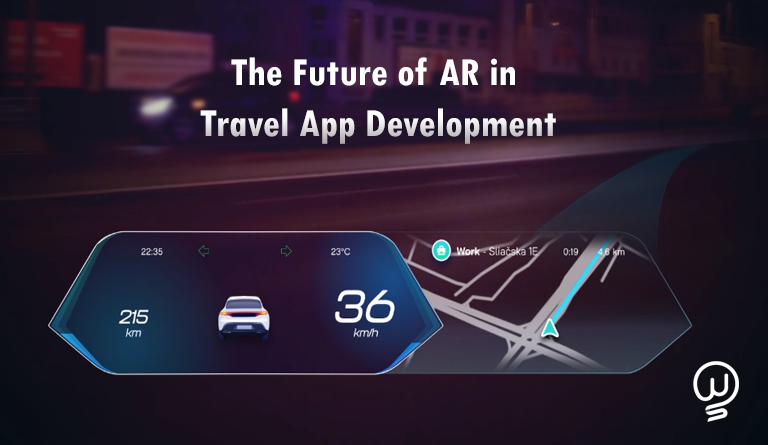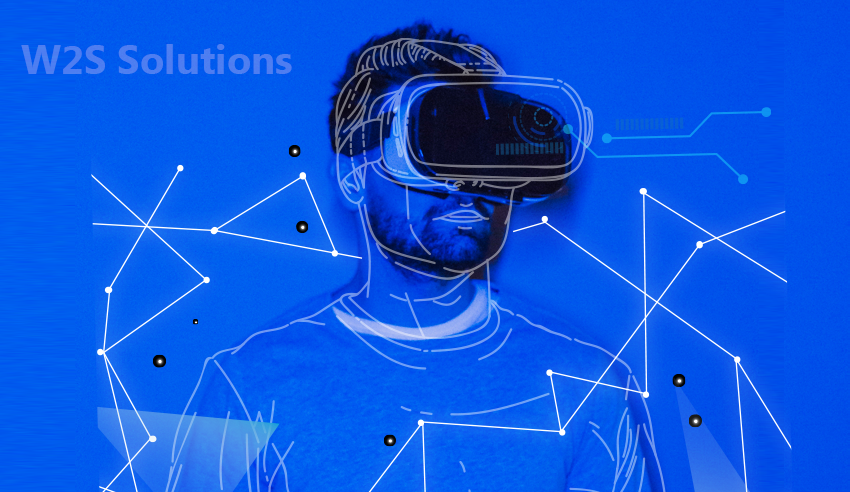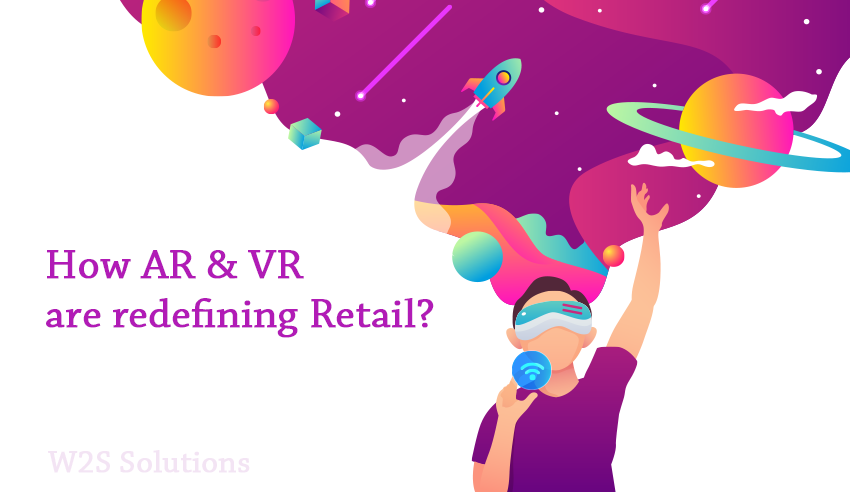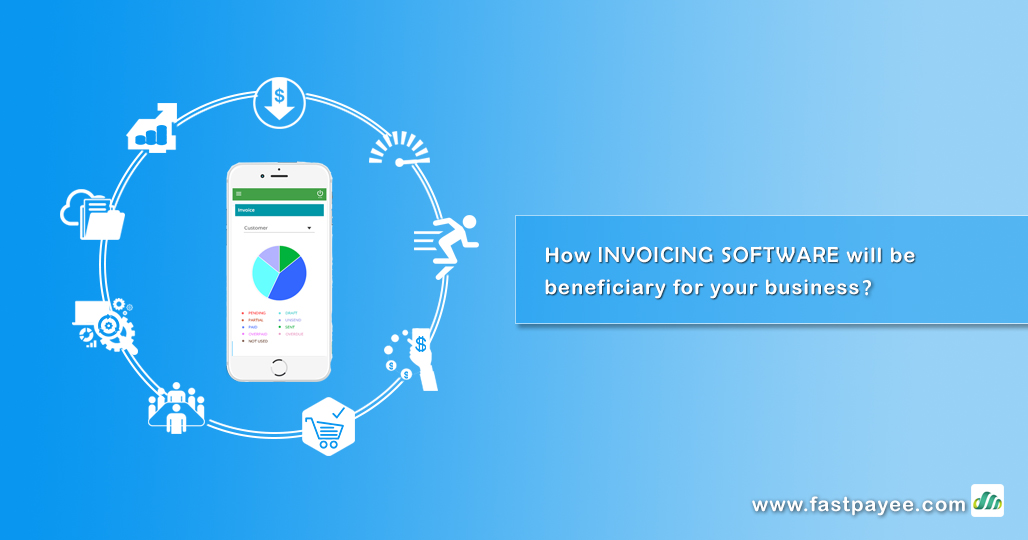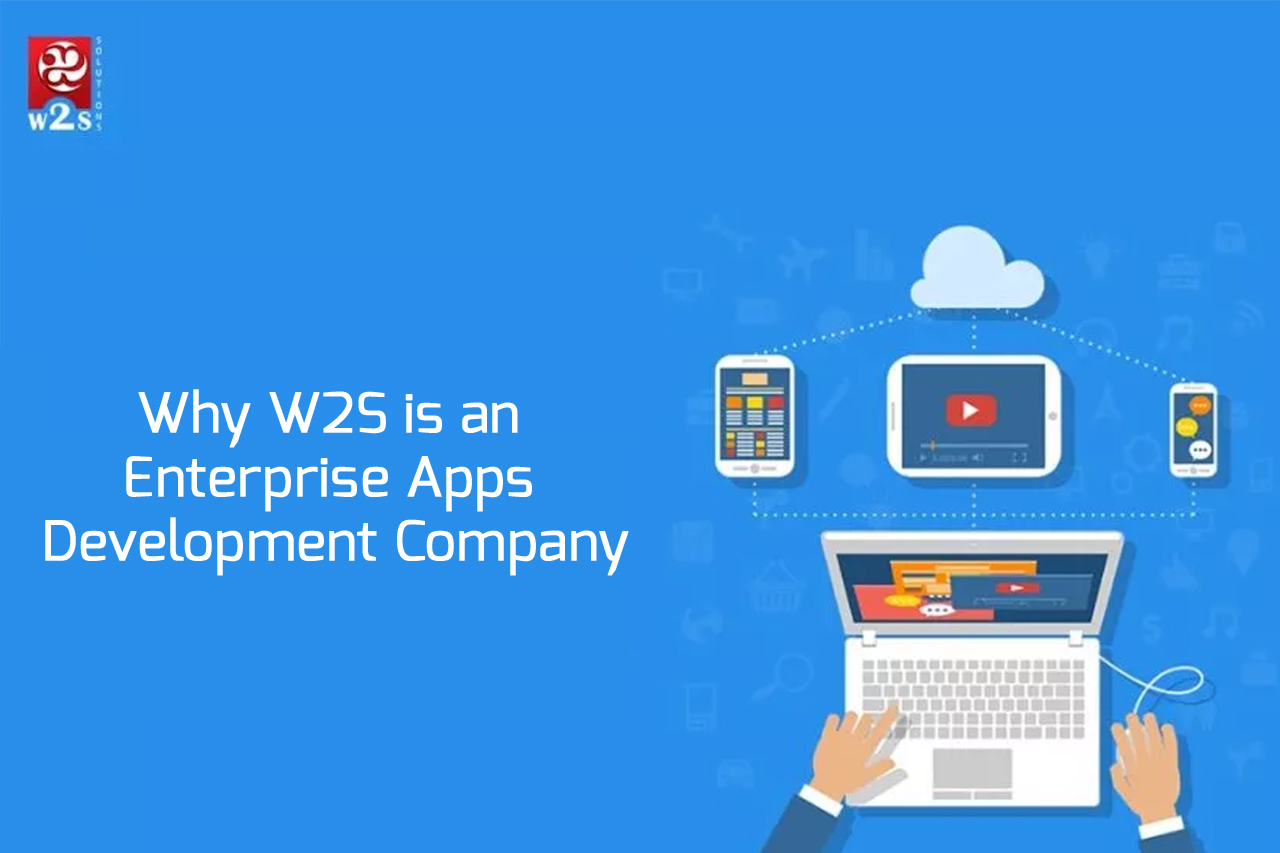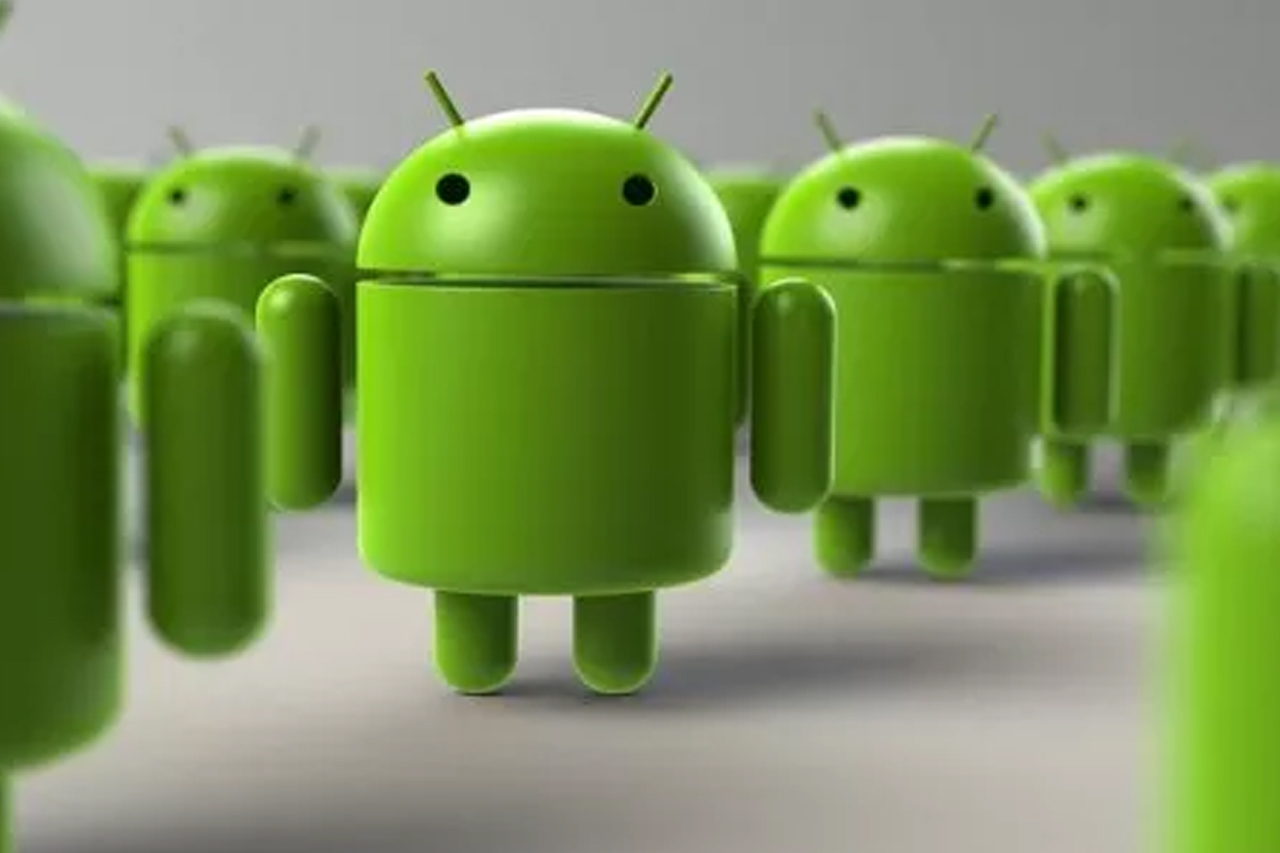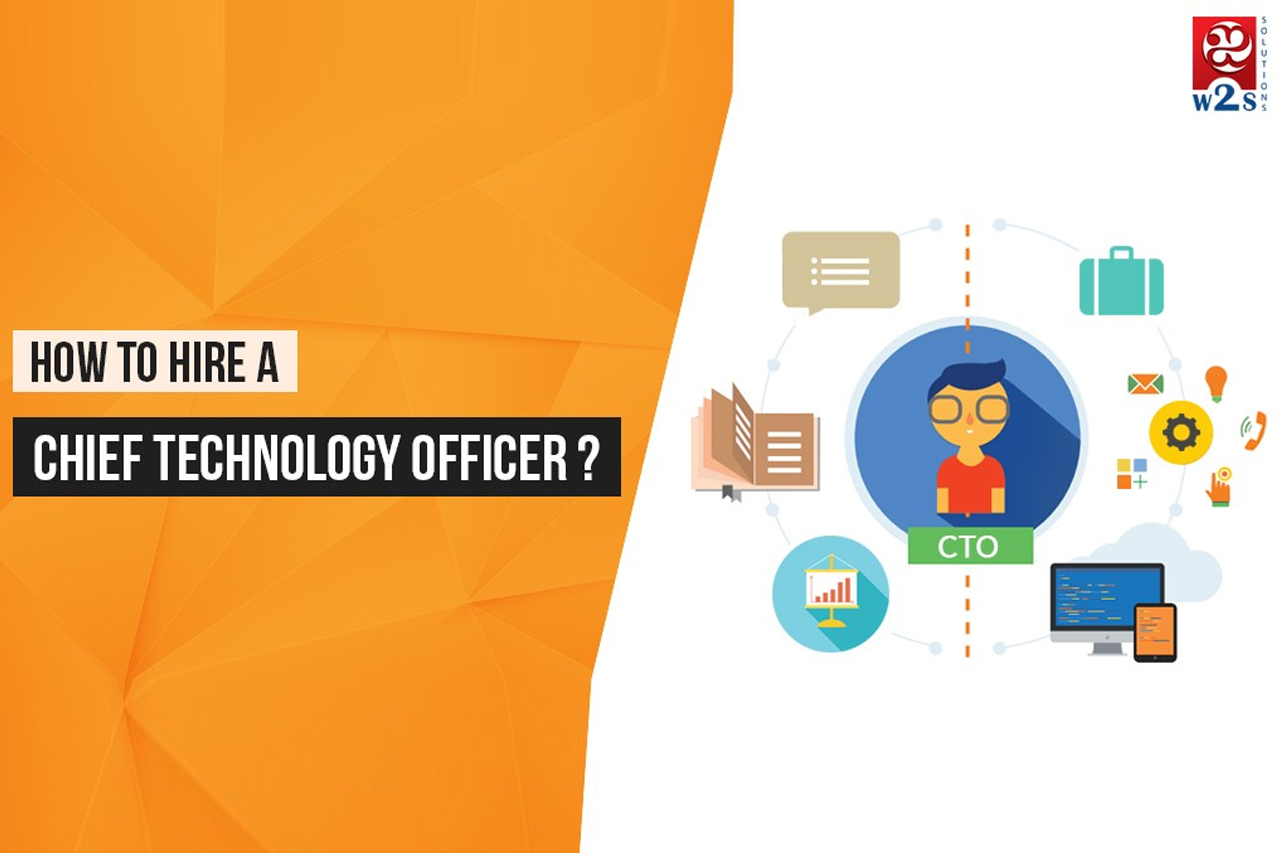Interacting with technology and working online both within and outside the office has become more of a necessity than a choice for most of the modern workplaces. Besides, with all the advancements of new-age technology, the companies get to truly expand their boundaries of opportunities and boost their productivity.
Speaking of new-age technologies making the mark in the modern businesses, a mention has to be made of virtual reality: the innovation that is transforming the workplaces and the work processes.
If you go back a decade, the mention of the word virtual reality would have simply meant something straight out of science fiction. However, nowadays it has some actual practical usages in the workplace, and it can offer a range of benefits to a company when employed correctly.
With that being said, let’s take a look at some of the reasons why employing VR in the workplace is a good idea.
-
Virtual reality is the catalyst for better collaboration

Think of it like this: you are sitting miles away from the customers or your colleagues, and yet it seems as if you are in the same office and the same conference room. Virtual reality acts as a catalyst in ensuring this for you. All you need is to plug in those noise cancellation headphones and put on the headset, and you will get the immersive and collaborative virtual environment that you want.
There are sensors in devices like Oculus Rift that are able to pick up and read body language, along with other such non-verbal interactions, which you would not have read with the traditional modes of communication, such as Skype. With virtual reality app development focusing on the ability to translate languages in real-time, even those barriers are done away with.
We are living at a time when a majority of the interactions we have are all done online. There is a sense of isolation among people because of the lack of personal contacts. In those remote offices, employees find it hard to stay focused, and the constant isolation from the colleagues can affect the cohesiveness and productivity of the team.
Thus, when it comes to ensuring better collaboration within an organization, virtual reality truly holds tremendous potential.
Read Also – How is Virtual Reality(VR) going to change the modern world in 2020?
-
Virtual reality to help in hypothetical and real-world training

Virtual reality is already being used in many businesses for the purpose of training. The best example of this is NASA. Using virtual reality, NASA ensures that the ones sent into space have the necessary experience in getting detached from the shuttle, use their backpack for finding the way back, and carry out difficult tasks even with the absence of gravity. NASA basically stimulates all of these using virtual reality.
Don’t let this give you the idea that you’ll have to be an astronaut for getting trained using virtual reality. Take the example of customer service training, which is so important for many modern workplaces. It involves training the employees to react, act, and understand the nuances of customer satisfaction, including the use of body language, greeting, tone of voice, and the likes, to deal with the customers in the best possible way.
These are not the kind of skills that can all be learned hypothetically. However, using virtual reality enables the employers to expose the employees to real-life situations of dealing with customer dissatisfaction, compliant, and the way to bring a customer over to your side.
Perhaps medical professionals can benefit the most using virtual reality tools because it helps them to avoid human testing and go for unrealistic simulations.
-
Virtual reality to help human resources find the perfect fit
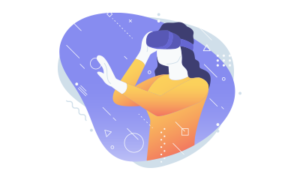
The present workforce consists, by and large, of millennials. It is the generation that looks for greater mobility, flexibility, and higher importance being given to work-life equilibrium. Thus, the millennials pay a lot of importance to the company culture at the time of their evaluation and consideration of new employers.
Virtual reality can actually come to the aid of human resource departments in more ways than one. First of all, the applications of virtual reality help the employees to get as much flexibility and mobility that they want by letting them access the office space virtually. Thus, virtual reality helps in giving employees the kind of autonomy they want in terms of deciding how, where, and when to work.
And, what about the use of virtual reality for helping the potential candidates to take the right decisions? Well, virtual reality is useful for letting a potential employee get a tour of the office, and witnessing a typical day in the life of the existing employees. Enabling it can be beneficial to the human resource department as well because it can reduce employee turnover and raise retention rates this way.
Read Also – How AR & VR are redefining retail?
-
Virtual reality and its contribution to customer service

One of the busiest corners of modern businesses is customer service. You will always have some or other new methods or theories being tested by the professionals here to test its effectiveness at improving customer satisfaction and sales. There are things like social media interaction, customer service texting, and instant chatbots, which can connect support staff and customers.
Virtual reality can work wonders when it comes to enhancing this connectivity. With this innovation of technology, the service side can be massively elevated to the office. The customers get a sense of direct connectivity this way, which was not possible previously.
Businesses are constantly striving for improving customer services because it is something that impacts every area of a company. So, investing in virtual reality in this regard is a great idea.
-
Virtual reality and the way it aids in interviews

Connecting virtual reality and interviews might sound quite futuristic. However, at some point in the very near future, this will become a major part of company practices. Interviewing candidates over video calls, even though it has its advantages, is nothing out of the world anymore. People might have been too excited when it started becoming a thing, but that excitement has long died down.
Interviews involving virtual reality can transform the entire experience to a great degree. You can speak with the applicants face to face, without the need to travel anywhere. With the world becoming smaller, and the companies extending their branches over miles, this can be an important addition to their abilities.
-
Virtual reality and its use in designing and prototyping

Businesses, when developing products both small and large, use virtual reality for developing a prototype. Every element of the product is put in its place for testing safety, durability, and so on, under all conditions. There are upfront costs of platforms and tools, but it all comes under-investment, at the end of the day.
For instance, a plane and automakers save millions by eliminating the need to make working prototypes. Similarly, construction materials are tested against all kinds of difficult weather conditions.
Wrapping up
So, as you can see, employing virtual reality can do a world of good when it comes to improving the potential of modern businesses. However, the technology is still expensive, which is why the adoption rate is so slow. But, even though the adoption is slow, it is steady and a VR transformation is clearly underway.
